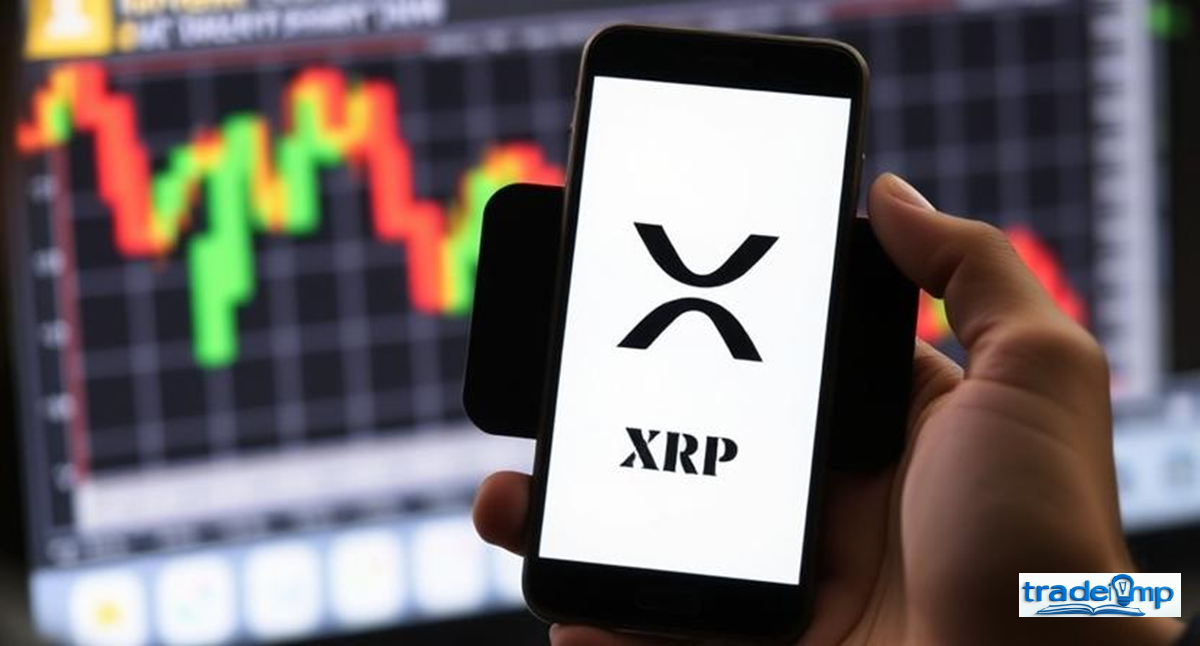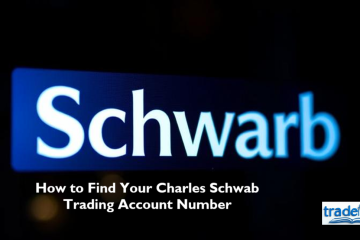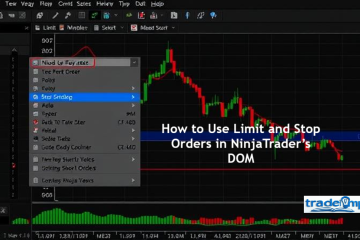The cryptocurrency market is never short of drama, and XRP, the token powering the XRP Ledger, is currently caught in a whirlwind of challenges. As of April 2025, XRP is facing a bearish market sentiment, grappling with sharp price declines and a surge in liquidations that have rattled traders. This blog dives into the factors driving XRP’s downturn, the role of liquidations in amplifying volatility, and how tools like the Coinglass liquidation map can guide trading decisions. XRP Price Crash and Liquidation Spike Rattle the Crypto Market
XRP Faces Bearish Market Sentiment
XRP is under a cloud of pessimism in early 2025. After a high of $2.90 in late 2024, the token’s price has tumbled, stabilizing around $2.18 following a steep 22% drop over a single March weekend. This bearish sentiment stems from several forces. Rising U.S. Treasury yields, now at 4.3%—the highest since November 2023—are pulling capital away from riskier assets like cryptocurrencies. Investors are favoring safer bets, leaving XRP vulnerable.
Global economic shifts are also hitting XRP hard. Recent U.S. trade policies have sparked fears of reduced international trade, which could weaken demand for XRP’s cross-border payment use case. Despite Ripple’s legal win against the SEC in March 2025, where the agency dropped its appeal, uncertainty lingers. Some traders worry about Ripple’s next moves, like paying a $125 million fine, which keeps confidence shaky.
XRP Price Decline Sparks Liquidation Surge
XRP’s price has been on a rollercoaster, plunging from $2.70 to $2.08 in just 48 hours during a March weekend. While bulls managed to hold the $2.00 support level, pushing the price back to $2.18, the drop triggered a wave of liquidations. The XRP price decline liquidations surge became a key theme, as liquidations happen when leveraged traders can’t cover their positions, forcing exchanges to close them at a loss. This sell-off cascade deepened XRP’s decline, creating a vicious cycle.
Long positions took the brunt, with overleveraged traders betting on a continued rally getting wiped out. The liquidation surge highlights the dangers of high leverage in crypto’s volatile markets. When XRP’s price broke below key supports, it triggered automatic sales, adding more downward pressure. This dynamic isn’t unique to XRP but hits harder due to its sensitivity to news and macro trends. The fallout left traders wary, with many rethinking their strategies in this bearish climate.
Trading with the Coinglass Liquidation Map
The Coinglass liquidation map is a trader’s compass in choppy markets like XRP’s. It shows where leveraged positions cluster, pinpointing price levels ripe for volatility. For XRP, the map flags a hefty $297 million in short positions at $2.70. This level acts like a brick wall—bulls trying to push past it face fierce resistance as bears defend their bets. If XRP nears $2.70, expect a battle that could stall any rally. XRP Price Crash
On the flip side, the map hints at a short squeeze risk. With negative funding rates signaling heavy shorting, a sudden price spike could force bears to cover, driving prices up fast. However, current market vibes make this less likely without a big catalyst, like positive Ripple news. The map also marks $2.14 as a key support—below it, selling could intensify toward $2.00 or lower. Traders use this tool to spot danger zones and plan entries or exits, making it essential for navigating XRP’s wild swings.
Why Is XRP Facing Such Pressure?
Several factors are fueling XRP’s bearish streak. Macroeconomic headwinds, like U.S. trade tariffs, are spooking investors, who fear a hit to global commerce and XRP’s payment utility. The broader crypto market is also correcting, with Bitcoin and Ethereum drawing more attention, leaving altcoins like XRP in the dust. Technical indicators aren’t helping—XRP has slipped below its 200-day moving average, a bearish signal for many traders.
Ripple’s legal saga, while improved, still casts a shadow. The SEC’s dropped appeal is a win, but the market hasn’t fully priced in this clarity. Some traders expect volatility as Ripple navigates its fine or potential appeals. On-chain data shows declining open interest in XRP futures, down from $7.87 billion in January to $3.06 billion now, reflecting fading enthusiasm. High selling volumes, up 261% in recent sessions, underscore the bearish momentum.
How to Short Ripple (XRP)
Shorting XRP can be tempting in this downtrend, letting traders’ profit if prices fall further. But it’s a high-wire act—here’s how to short ripple (XRP):
- Choose a Platform: Pick a trusted exchange like Binance, Kraken, or Bybit that offers margin trading or XRP futures. Ensure it has good liquidity for XRP pairs like XRP/USDT.
- Understand Leverage: Shorting means borrowing XRP to sell now, hoping to buy back cheaper later. Leverage (e.g., 3x) boosts gains but also losses. Stick to low leverage to avoid getting burned.
- Analyze the Market: Look for bearish cues. A break below $2.14 support or a MACD sell signal could be a green light. Check the Coinglass map for liquidation zones—$2.70 resistance is a spot to watch.
- Enter the Trade: Place a short order. A market order sells instantly at the current price (say, $2.18), while a limit order waits for a target like $2.20. Set your position size carefully—risk only 1-2% of your capital.
- Set Stops and Targets: Protect yourself with a stop-loss above your entry (e.g., $2.25) to limit losses if XRP spikes. Aim for a take-profit at supports like $2.00 or $1.90, locking in gains.
- Monitor Funding Rates: Negative rates mean shorts pay longs, adding costs. Don’t hold too long if fees stack up. Stay alert for news—Ripple announcements can flip the market fast.
- Exit the Trade: Close by buying back XRP. If the price drops to your target, you profit the difference. Watch for signs of a reversal, like heavy buying volume, to avoid getting caught.
- Risks to Watch: Shorting isn’t a sure bet. A short squeeze could hit if XRP jumps past $2.70, liquidating shorts and spiking prices. Volatility from news or market shifts can also sting. Always trade with a clear plan and never overextend.
The Bigger Picture for XRP
Despite the gloom, XRP’s story isn’t all doom. The XRP Ledger is buzzing with record activity, and Ripple’s global partnerships keep growing. The legal clarity from the SEC case could eventually draw institutional interest, maybe even paving the way for an XRP ETF. But short-term hurdles loom large—breaking past $2.70 is key to flipping the narrative.
Traders face a tricky path. The Coinglass map shows $2.70 as a bearish stronghold, and technicals like a falling RSI scream caution. Shorting offers a play for the bold, but it’s a gamble with XRP’s knack for sudden swings. For long-term holders, this dip might be a chance to buy low, betting on Ripple’s fundamentals. Either way, XRP’s volatility demands sharp focus and discipline.
Some Related Post:
Shiba Inu, Dogecoin & RCO Finance: Which Crypto Will Explode in 2025?
Crypto Wallets with AI: What They Are and Why You Should Care
Best Torrenting Sites 2025 for Movies, Games & A Lot of Things!
Why BlockDAG, Ethereum, BNB, and Litecoin Are Outperforming in 2025
Tariffs Cause a Big Market Crash: 543 Stocks Freeze, 775 Hit Yearly Lows
Why Did Markets Crash Today? Sensex & Nifty Plunge Explained
Circle Eyes NYSE Listing as USDC Market Cap Hits $60 Billion Milestone
The Role of Competition in International Trade in Crypto
How to Reset MetaTrader 5 Window Format to Default
How to Find Your Charles Schwab Trading Account Number
Can You Transfer Money from Cash App to PayPal
How to Close a Charles Schwab Account: Effective Steps




